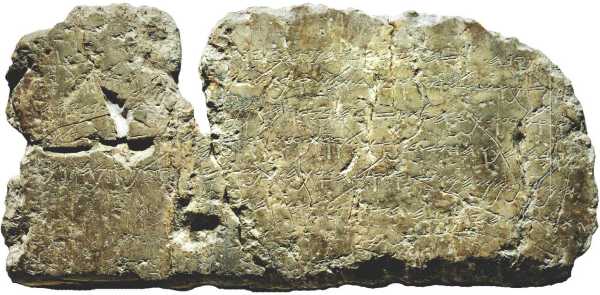
Israel has now joined the chorus of nations seeking to reclaim the remains of its cultural heritage from the
collections of foreign museums.
In a July meeting with Namik Tan, Turkey’s ambassador to Israel, Jerusalem mayor Uri Lupolianski officially
requested that Turkey return the famous Siloam inscription to its native city, calling the potential return a “gesture
of goodwill.”
The Siloam inscription dates to shortly before 700 B.C.E. and commemorates the completion of a rock-cut water channel
under Jerusalem known as Hezekiah’s Tunnel. The tunnel leads from the Gihon Spring in the Kidron Valley to the Pool of
Siloam on the other side of the city.
According to the Bible, King Hezekiah ordered the construction of the tunnel to protect the city, and its vulnerable
water source, in the event of an Assyrian siege, which ultimately came in 701 B.C.E. Both the Bible and Assyrian records
admit that the siege of Jerusalem was unsuccessful. Hezekiah’s foresight may have saved Jerusalem by providing fresh
water for the city’s inhabitants during the siege.
The text, written in ancient Hebrew script, records the last dramatic moments as the two teams digging the tunnel from
opposite ends worked toward the sounds of each other’s voices until they finally broke through in the middle, pick axe
to pick axe, and the water began to flow.
The inscription was carved into the rock on the side of Hezekiah’s Tunnel and went unnoticed in modern times
Join the BAS Library!
Already a library member? Log in here.
Institution user? Log in with your IP address.

